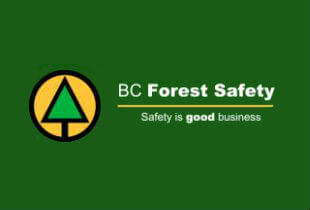Injured forestry workers in remote or rural parts of the province must wait — often for many hours — to access air ambulance, reports the B.C. Forest Safety Ombudsman in a report released on Feb. 1, 2017.
“Rural communities today are impacted twice compared to urban centers — first, in reduced access to medical care and again in reduced access to emergency medical transportation,” said B.C. Forest Safety Ombudsman Roger Harris. “For remote communities, as the distance to the nearest medical facility increases, the access to HEMS [helicopter emergency medical services] should be enhanced, not reduced.”
The report, Will It Be There — A Report on Helicopter Emergency Medical Services in B.C., indicates that the serious gaps in the provision of emergency medical transport for workers in rural parts of the province threatens the medical outcomes of forestry workers — as well as residents — who have little to no guarantee to timely medical response in the event of an emergency.
The current system falls short when compared to other jurisdictions such as Washington State or Alaska, with similar geography to B.C., which have legislation to ensure that 99 percent of their population is within a 60-minute response time to a Level 3 trauma center.
The report recommends that the provincial government: guarantee timelines for all residents to be able to access Trauma 3 Level care, similar to other jurisdictions; review the Emergency Health Services Act to allow for flexibility when it comes to expanding the scope of practice and role of first responders in the transportation of accident victims; and expand the use of hoisting to reduce time to extract and transfer patients to medical facilities.
“There are no technical or infrastructure barriers to the delivery of air ambulance within that critical first hour to any resident of B.C., regardless of where they live. The decision by government not to provide that access is a choice,” said Harris.
“These recommendations support faster care for workers and all residents regardless of where you live in the province. Faster care results in better medical outcomes for the patient — which in turn, results in lower cost to the health care system.”
The full report is available on the B.C. Forest Safety Council website.
Harris was appointed Forest Safety Ombudsman more than 10 years ago by the BCFSC to be an impartial representative for forest safety issues.
The B.C. Forest Safety Council (BCFSC) is the health and safety association for forest harvesting, sawmills and pellet manufacturing in B.C. The BCFSC works with forest sector employers, workers, unions, contractors and provincial government agencies to support industry in implementing changes necessary to eliminate fatalities and serious injuries in the forest sector.









